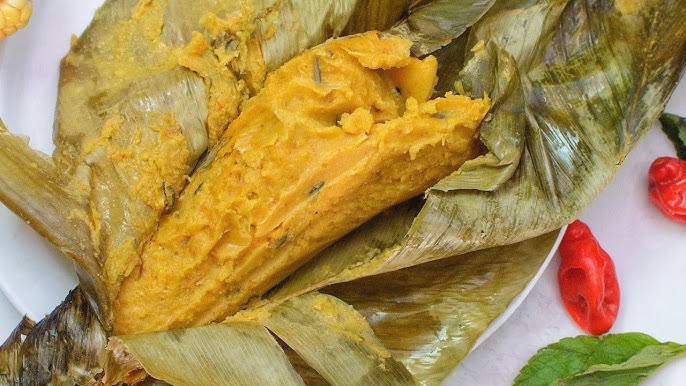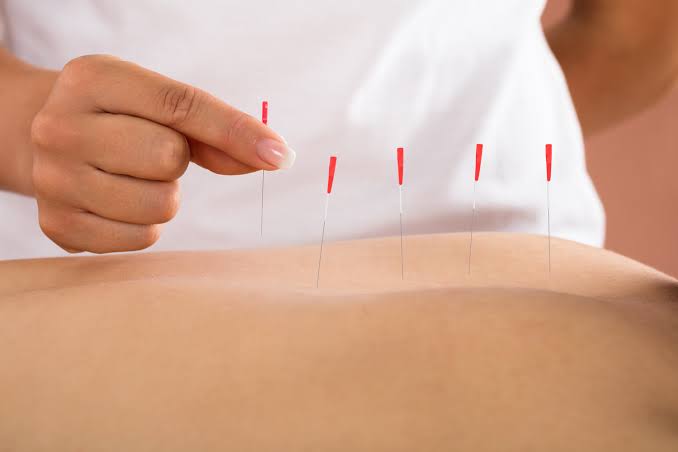Mentha spicata, or spearmint, is a pleasant-smelling mint that can be found in food products, toothpastes, mouthwashes, and cosmetics. It’s commonly used in medicine because of its purported therapeutic properties.
Vitamins, antioxidants, and essential nutrients can all be found in spearmint. It has a scent that is very similar to peppermint. It doesn’t have as much menthol as peppermint, but it’s high in limonene, dihydrocarvone, and cineol. It has a more pleasant flavor than peppermint.
Like other herbs of the mint family, spearmint has a square-shaped stem. It has leaves that are approximately 5 to 9 centimeters long and 1.5 to 3 centimeters wide. The tips of the leaves are pointed, like spears, hence its name.
Health benefits

Spearmint has a long list of health benefits, whether consumed fresh or as an essential oil.
Some people use spearmint to relieve nausea, indigestion, gas, headaches, toothaches, cramps, and sore throat symptoms.
It can also be used topically to help reduce swelling caused by nerve or muscle pain.
Spearmint extract has “good total phenolic and flavonoid contents” as well as “excellent antioxidant activity,” according to a study published in the journal Food Chemistry.
According to a study presented at the 2011 International Conference on Environmental and Agriculture Engineering, spearmint essential oil has antifungal properties.
By relaxing the stomach muscles and reducing symptoms of nausea and other digestive problems, spearmint may help to relieve symptoms of digestive problems.
According to research published in phytotherapy research, drinking two cups of spearmint tea per day for five days can lower androgen levels in women with hirsutism. A 30-day study of 41 women with polycystic ovary syndrome yielded similar results.
Hirsutism in women causes hair to grow on the face, breasts, and stomach. It has the potential to cause a great deal of distress. Excessively high levels of “male” androgen hormones cause hair to grow.
Extracts of spearmint and rosemary have recently been discovered to help with memory. Prof. Susan Farr of Saint Louis University School of Medicine believes that combining antioxidants from spearmint and rosemary into an enhanced extract could aid in memory and learning. This could aid in the treatment of age-related cognitive decline.
Other health conditions that spearmint may help to treat include:
- Sore throat
- Arthritis
- Cramps
- Toothache
- Bad breath
- Common cold
- Diarrhea
- Muscle pain
- Headache
- Fatigue
- Stress.
Some studies have indicated that drinking four cups of spearmint tea per day reduces male libido, but a rodent study has shown that this is not the case.
Nutrition
The nutritional value of 100 grams of fresh spearmint is:
- Energy – 44 kilocalories
- Carbohydrates – 8.41 grams
- Fat – 0.73 grams
- Protein – 3.29 grams
- Iron – 11.87 milligrams
- Manganese – 1.118 milligrams
- Copper – 0.240 milligrams
- Potassium – 458 milligrams
- Riboflavin – 0.175 milligrams
- Pyridoxine – 0.158 milligrams
- Vitamin C – 13.3 milligrams
- Cholesterol – 0 milligrams
- Pantothenic acid (vitamin B5) – 0.061 milligrams
- Vitamin B6 – 0.041 milligrams
- Folate (vitamin B9) – 3 μg
- Vitamin C – 4.6 milligrams
Essential oil
Antifungal and antioxidant properties are found in spearmint essential oils. They can be used to preserve natural foods and as an insecticide.
Spearmint essential oil, unlike fresh spearmint, is not edible. It must be diluted with a carrier oil before use. If it comes into contact with the skin or the eyes, it can cause irritation.
Using fresh spearmint
Fresh spearmint leaves have a lower menthol content than other mint species, making them less pungent and better suited to health drinks and cooking.
Here are some ideas for serving:
- chopping and sprinkling the leaves on food
- Making mint sauce with the leaves
- Preparing spearmint tea.
Try fresh spearmint ice cream or a spiced salad of braised beef with roasted rice for a more adventurous option.
The Food and Drug Administration (FDA) of the United States considers spearmint to be “generally recognized as safe for their intended use.”
A mild reaction, such as skin rash, throat irritation, headache, or dizziness, can occur in people who have a mint allergy.
Sources
- British Broadcasting Corporation (BBC). (n.d.). Spiced salad of braised beef with roasted rice
http://www.bbc.co.uk/food/recipes/spicedsaladofbraised_84246 - Spearmint: Health benefits and more https://www.medicalnewstoday.com/articles/266128
- FDA. (2016, April 1). Title 21: Food and drugs
https://www.accessdata.fda.gov/scripts/cdrh/cfdocs/cfCFR/CFRSearch.cfm?fr=582.10 - Grant, P. (2010, February). Spearmint herbal tea has significant anti-androgen effects in polycystic ovarian syndrome. A randomized controlled trial. Phytotherapy Research 24(2), 186-8
https://www.ncbi.nlm.nih.gov/pubmed/19585478 - Health benefits of spearmint. (n.d.)
https://www.organicfacts.net/health-benefits/herbs-and-spices/spearmint.html - Kanatt, S. R., Chander, R., & Sharma, A. (2007). Antioxidant potential of mint (Mentha spicata L.) in radiation-processed lamb meat [abstract]. Food Chemistry, 100(2)
http://www.sciencedirect.com/science/article/pii/S030881460500885X - Material safety data sheet spearmint MSDS. (2005, October 9)
http://www.sciencelab.com/msds.php?msdsId=9925066 - McKay, D. L. & Blumberg, J. B. (2006, August). A review of the bioactivity and potential health benefits of peppermint tea (Mentha piperita L.). Phytotherapy Research, 20(8), 619-33
http://www.ncbi.nlm.nih.gov/pubmed/16767798 - Nosrati, S., Alireza, S., Hosseini, E., Sarpeleh, A., SoflaeiShahrbabak, M., & SoflaeiShahrbabak, Y. (2011). Antifungal activity of spearmint (Mentha Spicata L.) essential oil on Fusarium oxysporum f. sp. radicis-cucumerinum the causal agent of stem and crown rot of greenhouse cucumber in Yazd, Iran. Presented at 2011 International Conference on Environmental and Agriculture Engineering. IPCBEE vol.15(2011)
http://www.ipcbee.com/vol15/10-U00041.pdf - Nozhat, F., Alaee, S., Behzadi, K., & Chegini, N. A. (2014, November). Evaluation of possible toxic effects of spearmint (Mentha spicata) on the reproductive system, fertility and number of offspring in adult male rats. Avicenna Journal of Phytomedicine
https://www.ncbi.nlm.nih.gov/pmc/articles/PMC4224956/ - Stewart, M. (2008, May). Fresh spearmint ice cream
http://www.marthastewart.com/330145/fresh-spearmint-ice-cream - St. Louis University. (2013, November 14). Can certain herbs stave off Alzheimer’s disease? [press release]
http://www.slu.edu/rel-news-spearmint-1112






